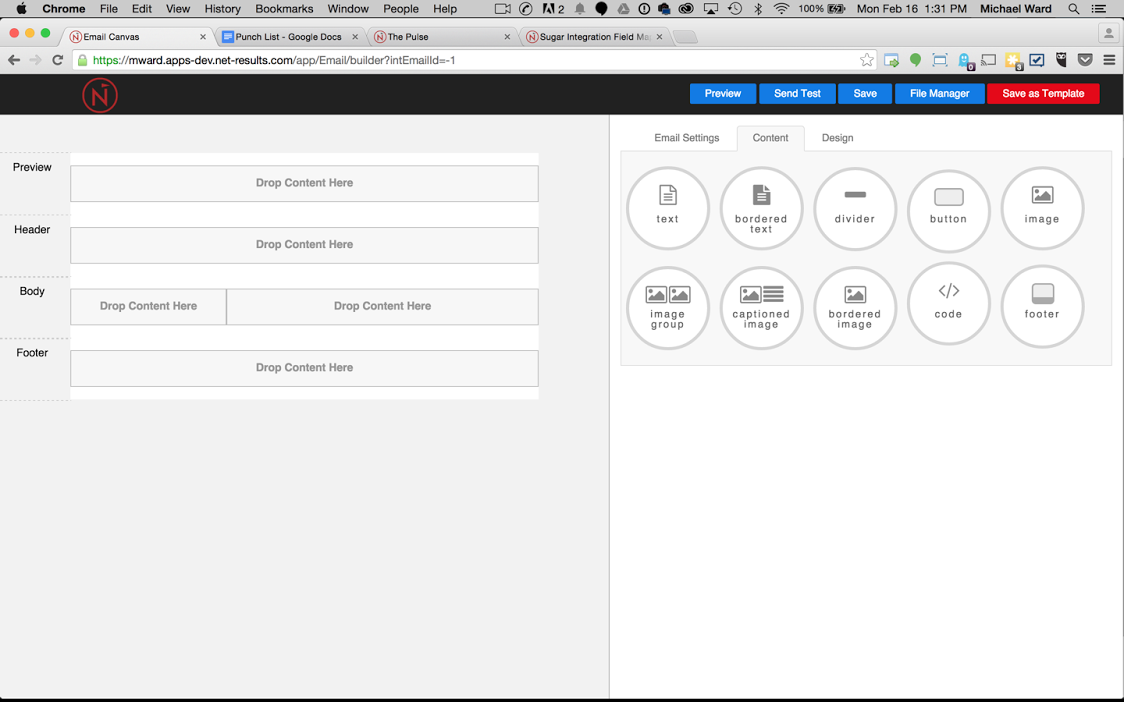
About six months ago, I subscribed to a Caribbean vacation site that provides alerts for deeply discounted Caribbean vacations for last minute travel. I began to receive emails about once a week, and actually ended up purchasing a vacation through one of the alerts. All was well…until I began to receive daily, meaningless travel alerts. Some were even the same vacation offer sent six consecutive days! Even more frustrating, I received a bunch of special offer emails for the resort I just stayed at!
Sick of the volume of worthless emails, I ended up unsubscribing to a service that could have been very useful if the timing was more closely monitored and the targeting was more strategic. In thinking about this scenario, I wanted to highlight a few tips that would have been helpful for the vacation provider to utilize, as well as ways to think about your email marketing strategy.
Provide frequency expectations
If you plan to send your prospects a large volume of email communications, or a string of various emails throughout a drip campaign, giving them advance notice of the number of communications and the timeframe will help recipients set expectations…and help keep them interested (and potentially from visiting unsubscribe-ville) because they know what to anticipate from you.
Provide options
By asking a consumer how often they would like to receive emails and what type of services or product they are interested in, they are now empowered to decide the frequency and content they’ll receive. This level of control makes recipients more apt to open your emails, and to potentially purchase from you in the future.
Pay attention to the numbers
- Although it’s obvious that you should be monitoring your aggregate open and click rates, you should also be monitoring your list activity and the percentage of your list that open, click and buy within a period, such as quarterly or annually.
- Monitor your recency of response, the average for the last open, click or purchase. It’s a good idea to store recency in your email database as a custom field to score list members by their activity.
- Break down your list frequency by dividing your lists into segments (Ex: if you segment by demographic, a younger demo may be more receptive to more frequent emails than an older demographic).
- Segment your list by the length of time they have been in your contact database, as a rule, the longer a contact has been a member of your database, the less responsive they will be over time.
Test to find your optimal frequency
- You don’t want to reduce email frequency for all members on your list, because this change could reduce overall sales. You should, however, aim to reduce frequency to those list members who have tuned-out of communications with the objective of engaging them more through less frequent or higher impact emails. For example, if the numbers tell you that your database isn’t very engaged or interested, you may want to only provide “breaking news” type items and limit all other communications.
- Increase other communication (social media, direct mail, newspaper inserts, etc.) for less-responsive customers to see if they prefer a different medium of communication.
In addition to these tips, it is critical to remember that frequency is a two-way street. Communicating isn’t solely a function of how often you want or need to send your messages – it must incorporate how often your recipients want to hear from you.
Calibrating your ideal frequency is also due in part to how well you are able to segment and slice your database. Read more about Net-Results segmentation features.

